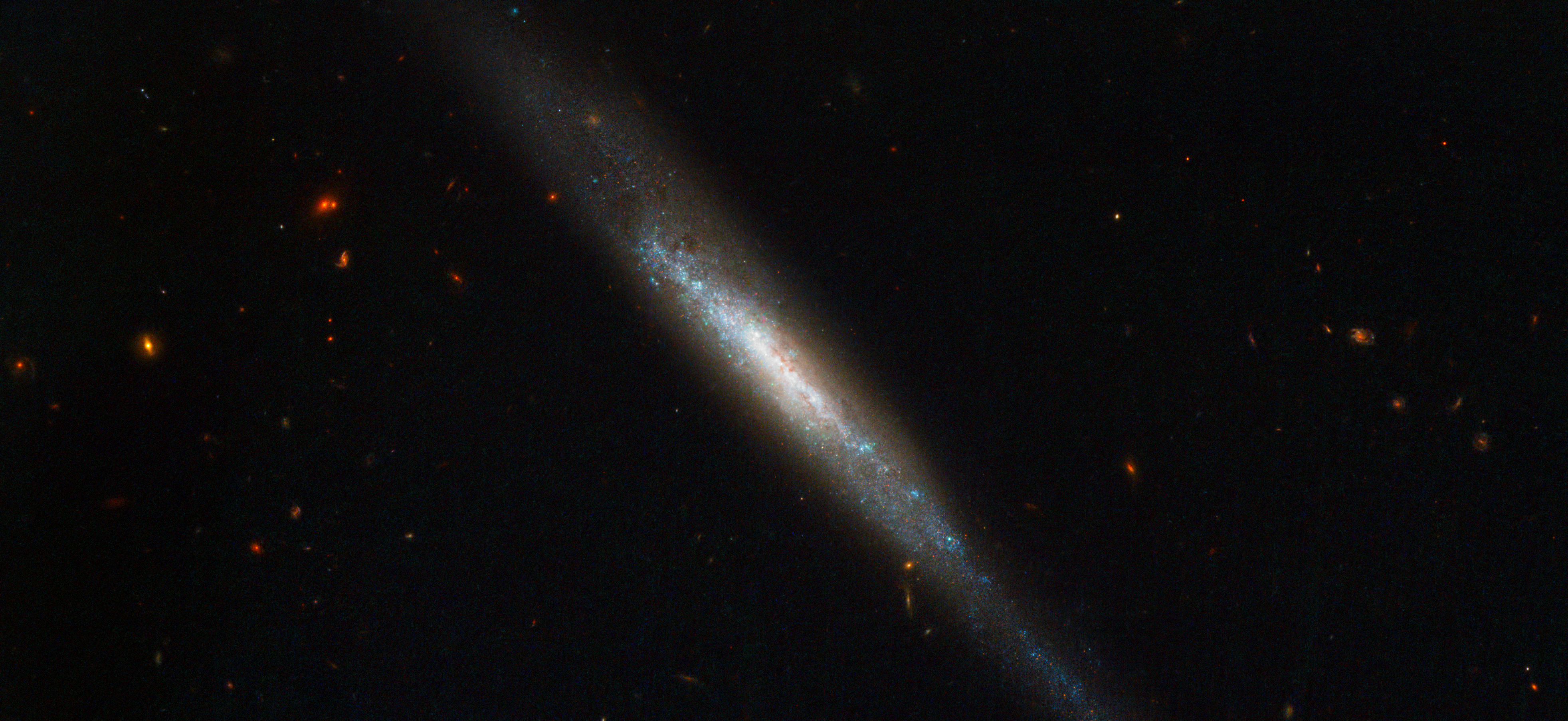Please login in order to download photos in full size
If you are not registered, please register for free: www.Free-Photos.biz/register
Please note to download premium images you also need to join as a free member..
You can also save the photos without the registration - but only in small and average sizes, and some of them will have the site's watermark. Please simply click your right mouse button and save the image.
Please login in order to like photos
If you are not registered, please register for free:
Sorry, non-members can download up to 1100 full-size photos per month.
It looks like you have used up your limit.
Free members can download an unlimited number of full-size photos - including the premium free photos.
Join as a member today for FREE! - and download the images without limitations:
www.Free-Photos.biz/membership.php
You can also save the images without the membership - but only in small and average sizes, and some of them may have the site's watermark. Please simply click your right mouse button and save the image.

|
This is a premium free photo
This photo was viewed 4 times and was downloaded in full size 3 times.
This photo was liked 0 times
Source page: |
http://commons.wikimedia.org/wiki/File:IC_755_HST.jpg |
|---|
Summary
| Description |
English: The NASA/ESA Hubble Space Telescope has imaged an elongated stream of stars, gas and dust called IC 755, which is actually a spiral galaxy that we are seeing edge-on.
In 1999 a star within IC 755 was seen to explode as a supernova and named SN 1999an. The supernova was discovered by the Beijing Astronomical Observatory Supernova Survey and three years later Hubble was used to study the environment in which the explosion took place. The inclination of the galaxy made the supernova a challenging target as many other intervening objects obscured the view. Valuable data were obtained and suggest that before detonation the star may have been around 20 times more massive than our Sun, and that it was likely to have been in the region of 14 million years old. Supernovae like SN 1999an are classified as Type IIs and they are dramatic events that mark the end of the lives of massive stars. They have an important role to play in galaxy evolution as many elements are formed during the explosion and are ejected with such force that they are distributed far and wide. Shockwaves also help to mix material within the host galaxy and may spark new rounds of star formation. Billions of stars make up galaxies like IC 755 and many will become supernovae, using their final moments to breathe new life into the rest of the Universe. This picture was created from multiple images taken with the Wide Field Camera of Hubble’s Advanced Camera for Surveys. Exposures through a blue filter (F435W) are coloured blue, exposures through a yellow-green filter (F555W) are coloured green and images through a near-infrared filter (F814W) are shown as red. The total exposure times per filter are 430 s and the field of view is 3.3 x 1.5 arcminutes. Cross Identifications: NGC 4019, IC 755, UGC 7001, MCG 2-31-14, PGC 37912, FGC 1347, IRAS11585+1423, ZWG 69.24 (Revised NGC Data for NGC 4019) |
| Date | |
| Source | https://www.spacetelescope.org/images/potw1129a/ |
| Author | ESA/Hubble & NASA |
Licensing
| This file is licensed under the Creative Commons Attribution 3.0 Unported license. | ||
|
Creative Commons Attribution 3.0 Unported
| EXIF data: | |
| File name | ic_755_hst.jpg |
|---|---|
| Size, Mbytes | 3.9645068359375 |
| Mime type | image/jpeg |
While the copyright and licensing information supplied for each photo is believed to be accurate, Free-Photos.biz does not provide any warranty regarding the copyright status or correctness of licensing terms. If you decide to reuse the images from Free-Photos.biz, you should verify the copyright status of each image just as you would when obtaining images from other sources.
The use of depictions of living or deceased persons may be restricted in some jurisdictions by laws regarding personality rights. Such images are exhibited at Free-Photos.biz as works of art that serve higher artistic interests.
PRIVACY POLICY
By registering your account and/or by subscribing to new and newly rated photographs you agree we may send you the links to photos and we may occasionally share other information with you.
We do NOT disclose your personal data.



